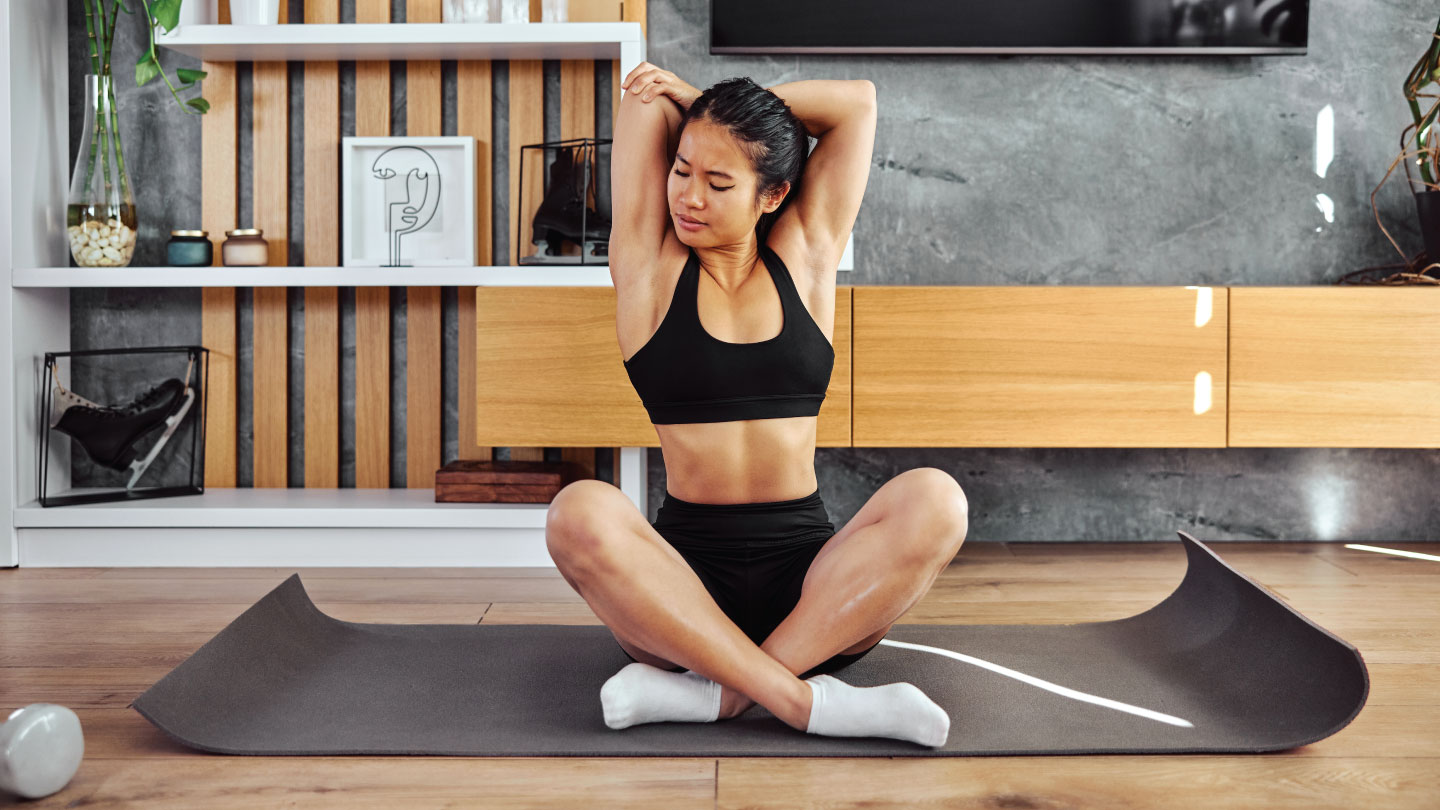Movement
Intuitive Movement—Why You Should Get With This Fitness Trend
Do strict workouts and rigid rules demotivate you from exercising? Try intuitive movement, the new trend in fitness that prioritises working out for pleasure and physical and mental well-being.

If you are a health enthusiast, you might have heard of intuitive eating—the philosophy of eating that frees food from the narrow confines of dieting, and asks you to tune into your body’s hunger cues and needs to eat what feels right for you. The principles of intuitive eating lay the foundation of intuitive movement, a trend that has become particularly popular in recent years. Instead of a “no pain, no gain” approach towards exercising such as hours of gruelling gym workouts to meet unrealistic fitness goals, intuitive movement focuses on moving for pleasure, health and mental well-being.
“Intuitive movement is gaining prominence as more individuals are taking their physical and mental health seriously, and understanding that there is no one-size-fits-all method,” says Joanna Michelle Fernandes, pole dance and intuitive movement coach based in Mumbai. “To me, intuitive movement is the art of understanding your own body and abilities; it is knowing the right exercises and techniques for your unique body to move in a way that will help you reach your personal goals. The best results come from learning what you as an individual needs, and working in accordance with that consistently.”
Related Story: How Going Slow Can Help You With Weight Loss
Intuitive movement involves learning what kind of movement feels good for you and your body, respecting your body, and having fun while breaking into a sweat. According to research published in the journal Eating Behaviours in 2016, intuitive movement involves tuning into your body’s cues to understand when to start and stop exercising, rather than adhering to strict workout schedules. It frees the pursuit of fitness from the narrow goal of weight-loss.
Diet culture makes us associate exercising with maintaining an ideal weight or a certain body type, and at times, it can feel like no amount of working out or watching our nutrition will ever be enough. But movement and fitness have a myriad of other benefits than weight maintenance, such as:
- Reduced risk of cardiovascular disease
- Lower levels of stress and anxiety
- Better balance and flexibility
- Improved quality of sleep
- Better mood
- Slower ageing
Related Story: 7 Moves To Relieve Stiffness From Sitting All Day—Full Body Mobility Routine
Instead of forcing yourself to do strict workouts to burn more calories, movement can thus be about supporting your overall well-being. When done intuitively, movement can be enjoyable, stress-free and revitalising.
How Movement Benefits Your Heart Health
According to the American Heart Association, the physiological benefits of active movement for the heart include an improvement in the body's ability to take in and use oxygen, causing less fatigue due to daily activities and improving resting heart rate. Regular exercise reduces blood pressure and increases insulin sensitivity, and the release of stress-reducing endorphins also contribute to better cardiovascular health. At least 30 minutes of moderate exercise 5 days per week is needed to reap the heart health benefits, according to The National Institutes of Health, USA.
By nurturing a healthier relationship with movement and your body, you can intrinsically find the motivation to be active and get moving. Simply put, when you enjoy exercise, you will be more motivated to work out on a regular basis.

How to Start Moving Intuitively
Whether you like stretches, yoga, walking, running, hiking, swimming, using the hula hoop or even just putting on some music and dancing freely in your room—intuitive movement has space for everything. When you disconnect the idea of fitness from a gym, it will be easier for you to fit in active movement into a busy schedule.
Related Story: 7 Easy Ways To Get Yourself Moving
Joanna gives us the following advice on how to get started with intuitive movement:
- Try various forms of movement to truly know what feels right for you, and various teachers who can show you the ropes. Working with a good coach always yields better results.
- Choose a form of fitness or movement that you truly enjoy. Your workouts should not feel like a chore. Sports or dance may suit you more than the gym. More often than not, you will feel great after that workout, sport or dance/fitness class is completed.
- Once you find a form of fitness that sparks a fire within you as well as a teacher that understands you, you must be consistent. Just show up for yourself. Consistency is key in developing your own awareness of how your body moves, and what methods work best for you.
EXPLORE MORE
A home-based yoga routine can elevate energy, sharpen focus, and nurture mental calm. Discover why it’s worth starting now.
Your posture is whispering a story about stress, screens, and slouching. Here are 6 exercises you must try!
In a world addicted to speed, Shavasana is proof that true regulation begins when you slow down. Discover how this humble pose is the simplest solution to the chaos within you!
When your thoughts won’t slow down, these yoga poses teach your body to stay present in the moment.








.jpg)
.jpg)
